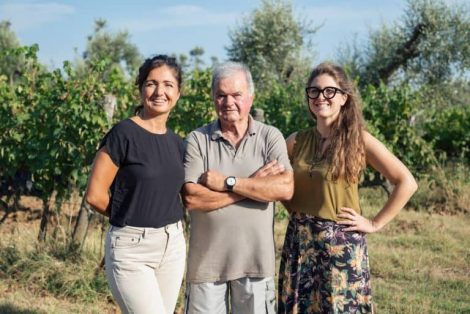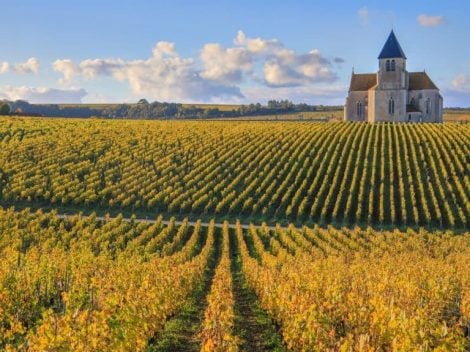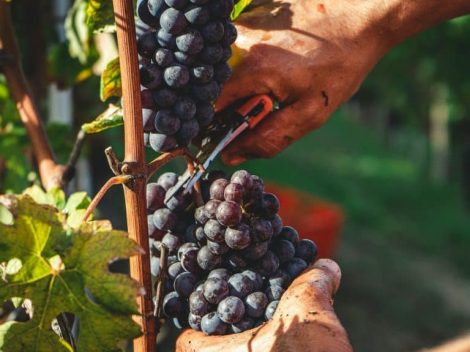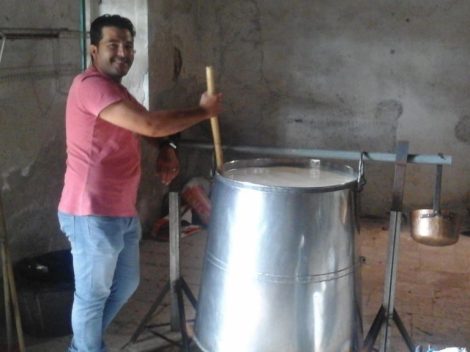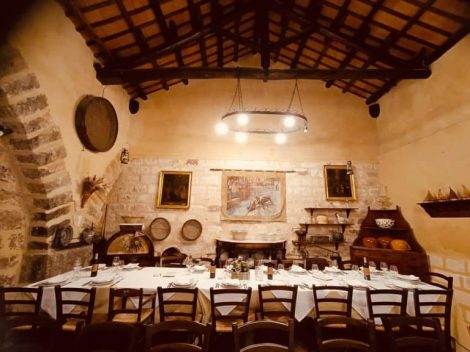What is spaghetti alla chitarra
Humble recipes relying on simple ingredients, robust sauces to cope with the harshest winter climate and a rough, calloused pasta dough that can make the richest condiments stick to the surface. This is pasta in Abruzzo, a land of ancient traditions, including la chitarra, a special implement used to prepare legendary spaghetti alla chitarra. Probably the most famous of the Abruzzese pasta shapes, also present with different names in upper Molise, Lazio, Marche and Puglia. Spaghetti or maccheroni, it doesn't matter: in any case, we are talking about one of the most rooted preparations in regional gastronomy, which comes to life from a beech wood instrument (or another neutral wood) fitted with parallel steel wires stretched on the long side.
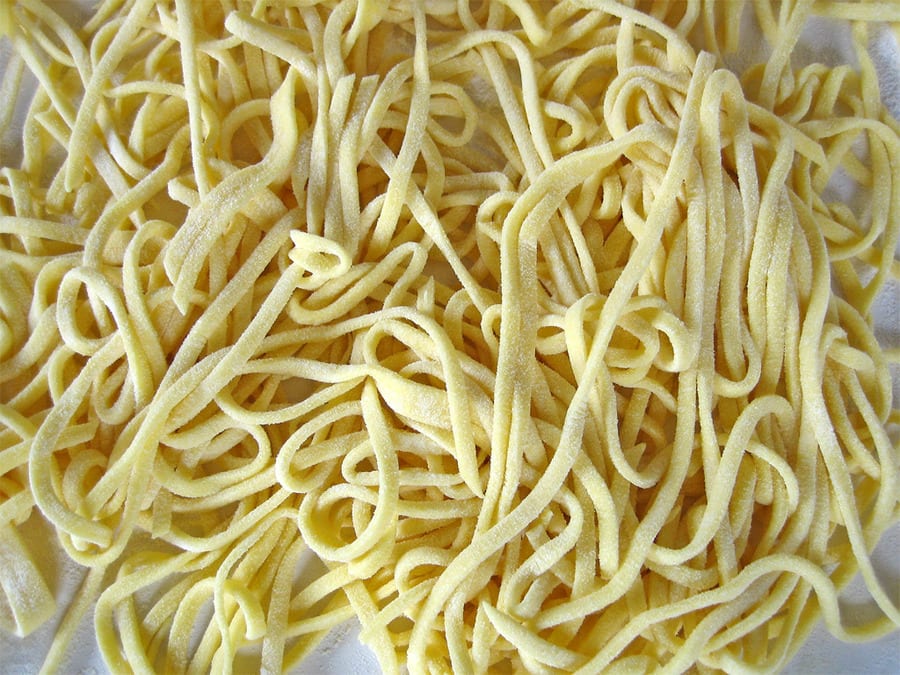
Why do we say spaghetti alla chitarra? History
The chitarra is a historical tool, which depending on the distance between the "strings" can give life to different shapes and pasta sections. Ancestor of the chitarra is lu rentrocelo, in the past used mainly in the areas of Pescara and L'Aquila. To make the spaghetti, the pasta dough, rolled out not too thin, is placed on the tool and pressed with a rolling pin over the strings: in this way, square section spaghetti is obtained, about 30 centimeters long. It is also said that the strings laid on the frame resemble the strings of a guitar, another reason behind the name, "chitarra."
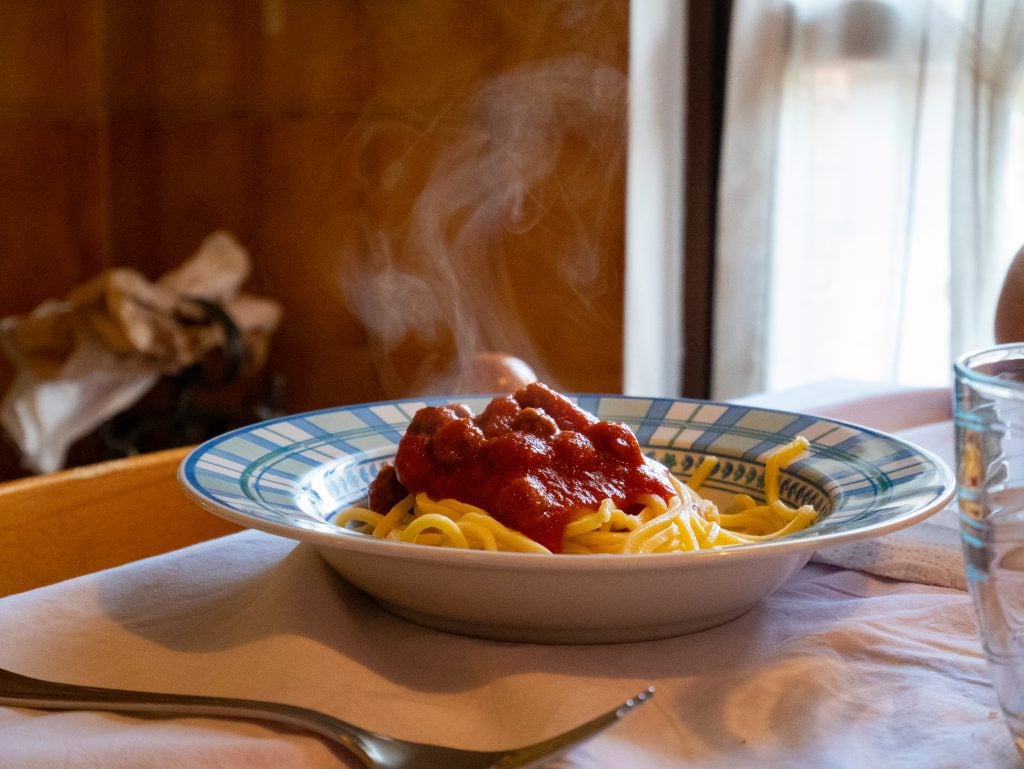
Spaghetti alla chitarra: the ideal condiment
Today the spaghetti alla chitarra can be dressed with many types of sauces, but the undisputed combination remains a tomato sauce containing meat. A sheep ragù, for example, or the most classic: spaghetti alla chitarra and pallottine. The term "pallotte" in Abruzzo refers to meatballs (very famous are the ones made with "cacio e ova," i.e. made with a mixture of cheese and eggs, tasty and delicious, fried and then cooked in tomato sauce). The meatballs for the pasta sauce are instead made with beef or lamb meat - also used for the delicious timballo teramano di scrippelle (crepes) and then cooked in tomato sauce. The demonstration that the much-repudiated Italian-American combination of spaghetti and meatballs actually has its roots in the tradition of central Italy.
Spaghetti alla chitarra with asparagus and egg cream by Giorgione
Ingredients (for 2 people)
For the pasta dough
1 goose egg
1 guinea fowl egg
200 g type 1 flour
For the sauce
1 bunch of wild asparagus
1/2 glass heavy cream
1 Tbsp. grated pecorino cheese
1 egg yolk
Salt and black pepper to taste
I prepared a fresh pasta by mixing flour and a goose egg and a guinea fowl egg. I pair the wild asparagus foraged in the Subequana Valley with spaghetti alla chitarra, a wonderful shape that is made, in fact, with the "chitarra," an ancient implement for cutting pasta. First we cook the asparagus tips in boiling salted water. We roll out a sheet of pasta and place it on the chitarra: with a rolling pin we go over it vigorously to obtain the spaghetti. As soon as they are ready, we pour them into the water with the asparagus. In another pan, on the lit fire, put a little heavy cream, grated pecorino, a sprinkle of pepper and an egg yolk. We stir everything until it thickens, creating a sort of salty zabajone. We drain the spaghetti and asparagus directly on the plate, pour the cream over it and mix. The pasta has taken on all the flavour of the asparagus. Thank you Abruzzo for making me discover such tasty recipes!
by Michela Becchi

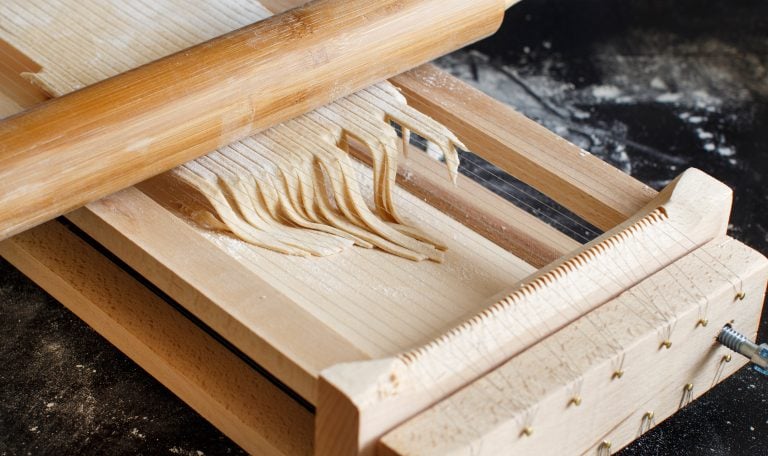
 The irresistible charm of oxidative wines: the diaries of a Master of Wine
The irresistible charm of oxidative wines: the diaries of a Master of Wine "A Puglian cuisine without orecchiette or traditional dishes": Somma in Singapore explores the fine dining of the future
"A Puglian cuisine without orecchiette or traditional dishes": Somma in Singapore explores the fine dining of the future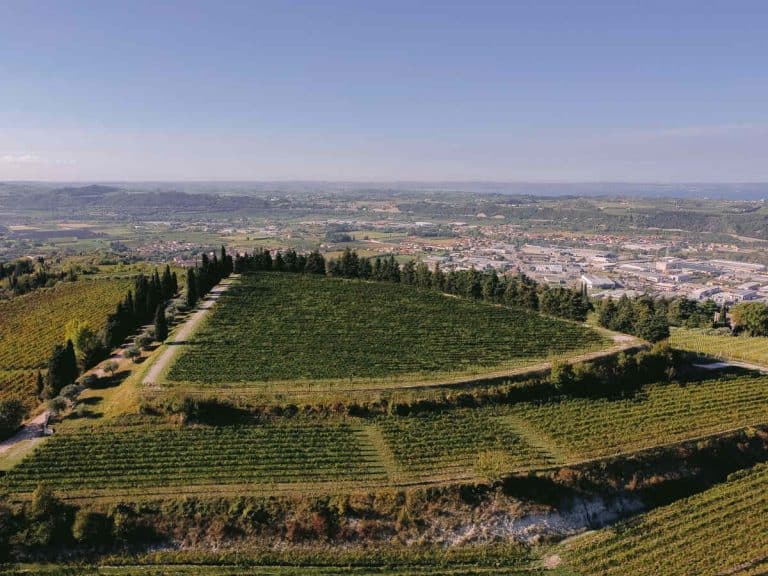 Here's how Valpolicella is evolving through the journey of an iconic wine
Here's how Valpolicella is evolving through the journey of an iconic wine "Chenin Blanc will be the new Chardonnay": Interview with Master of Wine Madeleine Stenwreth
"Chenin Blanc will be the new Chardonnay": Interview with Master of Wine Madeleine Stenwreth The ancient chocolate factory hidden in the alleys of Rome
The ancient chocolate factory hidden in the alleys of Rome